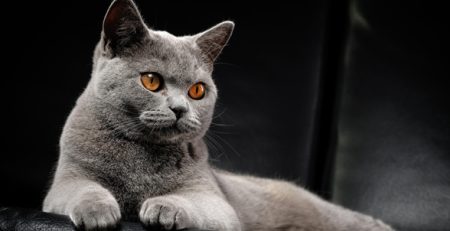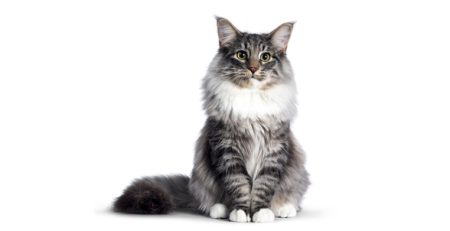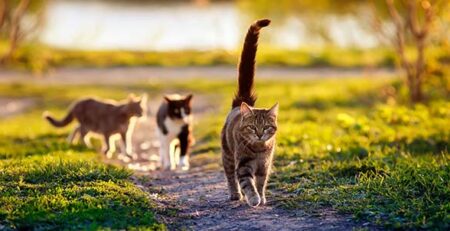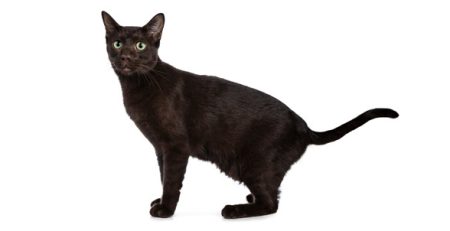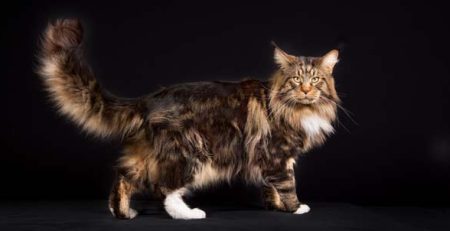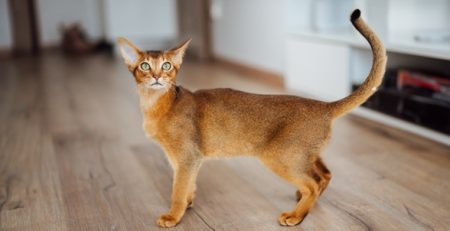Table of Contents
The Ragdoll cat: the soft, relaxed, super-sweet feline who loves physical contact
The history of the Ragdoll begins in the 1960s in the United States, specifically in Riverside, California.
The progenitor of the breed is a white long-haired cat named Josephine, who lived on Mrs. Pennels’ property and mated with house cats from her neighbor, Mrs. Ann Barker.
The kittens that Josephine up to that point had given birth to were usually shy and unwilling to interact with humans.
Josephine’s accident and the “strange” puppies
Legend has it that one day a car ran over Josephine: the accident resulted in the loss of an eye and a severe head injury.
Ms. Beker’s neighbors rendered aid to the cat and took her for treatment at the university where they worked.
After her recovery, Josephine returned to Mrs. Pannels’ home.
But something strange happened next: Ann Beker noticed that the kitten’s first litter after the accident was very different from all the previous litters.
In addition to being confident and sociable, all of Josephine’s puppies had a strange characteristic.
Taken in their arms, the puppies loosened their muscles, indulging in total relaxation like “a rag doll.”
Hence the name Ragdoll, which in English means precisely “ragdoll.”
Ann Baker came to the conclusion that the cat had been given experimental drugs with mutagenic properties.
This alleged genetic manipulation would make her insensitive to pain and completely relaxed in her muscles.
However, scientists say that in the 1960s neither the means nor the proper knowledge existed to conduct genetic mutations.
Even today, scholars are very cautious about the genetics of Ragdolls: the only thing that is certain is that since that time there has been a different and new but still mysterious genetic pattern.
Ann Parker did not just formulate this hypothesis but ventured other rather fanciful theories.
In the 1970s she was convinced that Ragdoll cats were created by aliens, while in the 1980s she even supported the hypothesis of divine creation.
The truth may be that Pennel gave or sold some kittens born on her own farm to Baker and the legends that have come down to the present day are just speculation.
The official recognition of the Ragdoll breed
And it was Ann Baker herself who decided to create an entirely new breed, characterized by a particularly sweet disposition unique to the world.
The first Ragdolls in Europe arrived in 1981 thanks to Mr. and Mrs. Dayton.
The Ragdoll breed gained official recognition between 1991 and 1994 from several feline associations, including the Cat Fanciers’ Association (CFA) and the International Cat Association (TICA).
In all varieties the Ragdoll is breathtakingly beautiful
Absolutely unique in beauty, Ragdolls are known for their moon and silky fur and the color variations that give these cats an irresistible appearance.
Ragdolls exist in the variety colorpoint that is, with a uniformly light coat and colored tips.
The color-determining pigment is concentrated on the paws, tail muzzle and ears, thus creating the “Siamese” effect.
Another effect of the colorpoint gene is the color of the eyes, which are strictly blue.
The Ragdoll mitted, on the other hand, has white patches on the legs (front mittens and back boots) and muzzle.
Finally, in the bicolor, the Ragdoll has front and hind legs of the white, as well as the belly while the back is colored.
The Ragdoll’s coat is not very prone to knots however it should be brushed every 2 to 3 days.
Pay special attention to the tail and ruff area, which remain thick even during the molting period.
The personality of Ragdoll cats
Ragdolls are known not only for their appearance but also for their sociable personality.
Peaceful, calm and balanced, these cats love to be with others.
In addition, they are very affectionate and constantly seek cuddles and scratches.
Frequent pathologies in Ragdolls
Ragdolls can also be predisposed to some hereditary diseases.
One of the most common diseases is hypertrophic cardiomyopathy (HCM), a heart condition that can affect cats of any breed, but has been observed most frequently in Ragdolls.
Other issues that can affect this breed include dental disease and a predisposition toobesity that can result from a sedentary lifestyle.
Since the Ragdoll also has a considerable appetite, it is essential to provide a balanced diet and daily exercise to keep it healthy.
To have your Ragdoll cat checked and for periodic check-ups, contact the veterinary doctors on our staff who are always available to you.
We would also like to remind you that Clinica La Veterinaria is always open h24 every day including holidays and with First Aid service from 8 pm to 8 am.
For the joy of seeing them HAPPY



